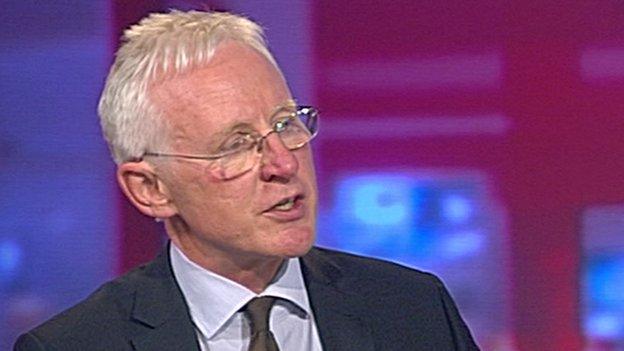A guide to the Lib Dem leader contest
- Published
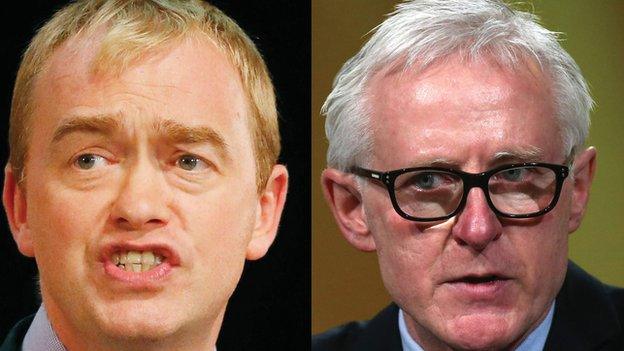
Tim Farron has been elected as the Liberal Democrats' new leader. Here's a guide to the contest for those who haven't been following it closely.
The Liberal Democrats are currently one of the fastest growing forces in British politics. Yes, you read that right.
The party may have been annihilated at the general election, losing 48 of their 56 MPs, they may have been reduced to a single representative in the European Parliament and lost half of their local councillors.
But membership has increased by 30% since the general election, with more than 15,000 new recruits, many of them under 30, according to party sources.
No-one is really sure why, although Labour has seen a similar surge in membership since the general election so perhaps it is the lure of a leadership contest.
It certainly gave the would-be replacements for Nick Clegg something to cling to as they tried chart a way back for their battered party.

Who are the Liberal Democrats?
The Liberal Democrats were formed in 1988 by the merger of one of Britain's oldest political institutions, the Liberal Party, which stood for free trade and individual liberty, and the Social Democratic Party, a breakaway party formed by senior Labour MPs disillusioned by their party's drift to the left. As a result, the party has something of a split personality - between classical liberals, with their belief in free markets, and the centre-left social democrats.

Why was there a leadership contest?

Because Nick Clegg, the former deputy prime minister, who led the party since 2007, stood down on the morning after the worst night in the party's history. The party's decision to go into coalition with the Conservatives in 2010 may have been the "noble" thing to do - that's what Nick Clegg argues anyway - but it brought the party to its knees.

Who was standing?
Tim Farron
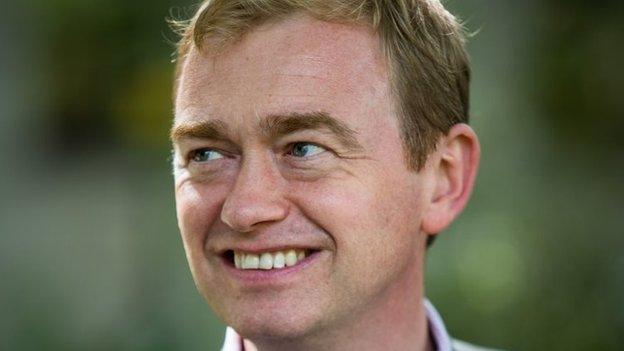
Darling of the party's grassroots activists, the former Lib Dem president is a jokey, blokey Northerner who cannily avoided coalition (he says he didn't make the cut when the ministerial jobs were being handed out) and would take the party in a very different direction to the Clegg years.
A left-leaning Comprehensive School educated 44-year-old, Farron represents the vast (in geographical terms) Westmoreland and Lonsdale seat, in the Lake District. He wears his Christian faith on his sleeve and has spoken about how the party needs to be a "moral crusade".
Norman Lamb

A well-regarded health minister in the coalition government, who pushed through mental health reforms, Norman Lamb is a close ally of Nick Clegg and can boast show business connections through his son Archie, who co-manages pop star Tinchy Stryder.
The 57-year-old, who was privately educated and represents former Tory stronghold North Norfolk, has the backing of former party leaders Paddy Ashdown and Menzies Campbell but is seen as the outsider in the contest.

What was at stake?
The chance to lead the fourth, or maybe fifth, party in British politics (if we are being uncharitable). A chance to lead the debate on important issues and inhabit a unique space in British politics, one that feels weirdly vacant since the election, speaking up for liberal values on issues such as the Human Rights Act and data retention laws, the so-called Snooper's Charter.

Why should we care who won?
The Lib Dems could be facing years, if not decades, in the political wilderness. They may never be in a position to wield power as a party of government again. But politics is a volatile business these days and this is a party that has come back from the brink before. It is not impossible that they could hold the balance of power again after the 2020 general election. "I can't currently put up a plausible scenario in which that would happen," Vince Cable, who lost his Twickenham seat in May, told The Guardian, external. "But it could, you know?"

Did they vote for tuition fee increases?
Lamb did and Farron didn't.

Do they have a plan to bring the party back from the dead?
Farron has spoken about the need to regain voters' trust after the "nightmare" of its tuition fees U-turn and to stand-up for traditional Liberal values of "fairness, respect, inclusion and opportunity for all". He has been highly critical of the party's record in government and would take it in a more left wing direction. although he has not ruled out another coalition with the Conservatives.
Lamb says the party should become a "political start-up" that specialises in championing unfashionable causes such as the decriminalisation of drugs and "radical" reform of the criminal justice system. But he has energetically defended the party's record in government and has said he is glad they "got their hands dirty" as a party of power.

What sort of contest has it been?
Relatively low-key compared to previous Lib Dem leadership contests. There was some controversy when Mr Lamb's team was accused of trying to make an issue out of Mr Farron's Christian faith in polling.
"They should not have done it and as soon as I saw Tim I apologised to him. I don't want the campaign to be fought in this way - this campaign has to be about ideas and our competing merits," said Mr Lamb on the BBC's Victoria Derbyshire programme.

What does Paddy Ashdown say?

His influence may be waning now that his protege Nick Clegg has returned to the backbenches, but when Lord Ashdown speaks the Lib Dems listen.
He has heaped praise on both contenders but opted to back Norman Lamb, announcing the move in a tweet.
His views on Farron were less diplomatic during the general election campaign.
"His well-known ambition would be better served with a little more patience and a little more judgement,' said Ashdown after Farron criticised the party's performance in coalition, adding later that "judgement is not his strong suit".
Lib Dem members eager for a clean break from the coalition years, during which Lord Ashdown played a crucial role behind the scenes, may choose to ignore such jibes, however.

What was the result?
Tom Farron got 56.5% of the votes cast. Norman Lamb got 43.5%. Read more.

- Published16 July 2015
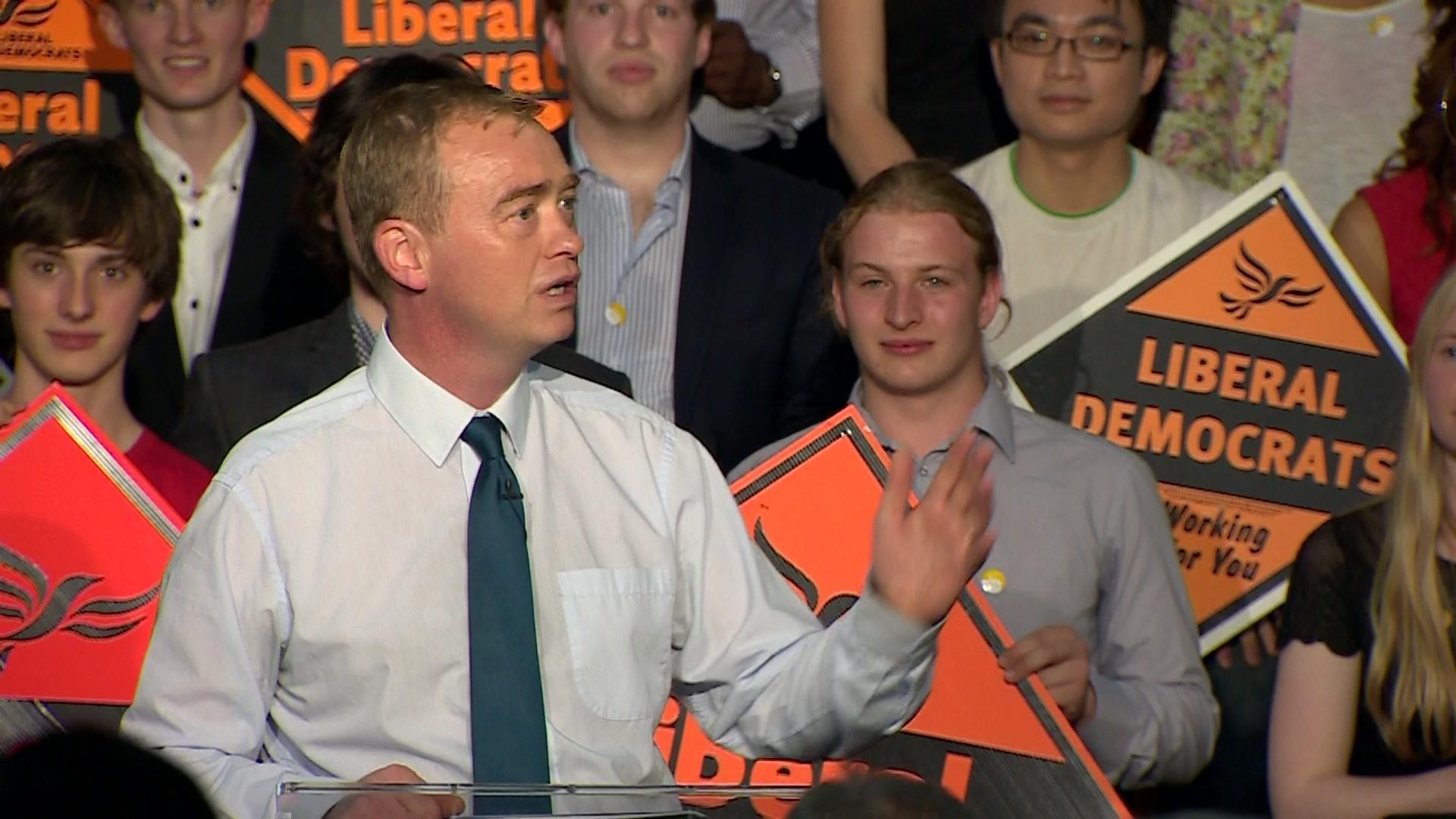
- Published23 June 2015

- Published1 July 2015
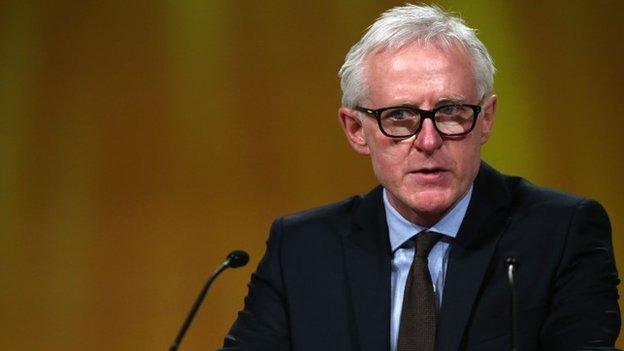
- Published14 May 2015
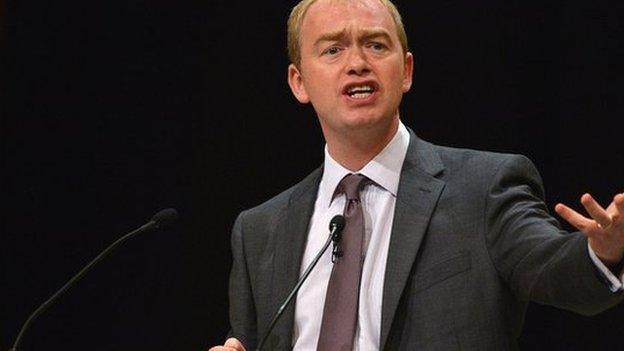
- Published12 May 2015
